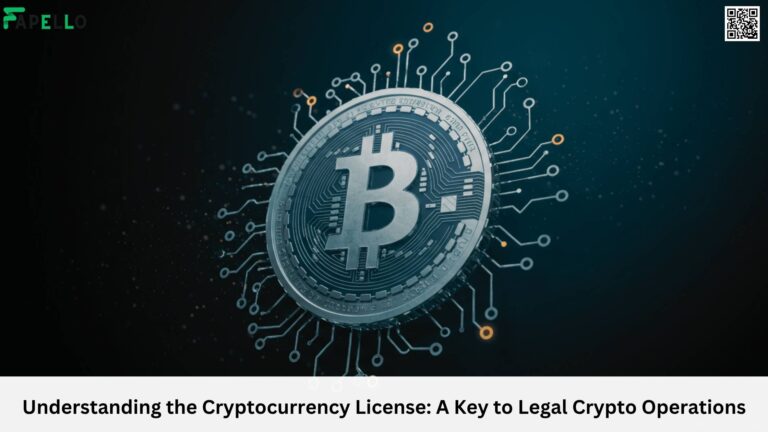Governments crumble when people whisper in codes. Empires fall when information flows freely. In the quiet corners of the internet, a new kind of resistance is rising, not with fire, but with packets. The tool? Mobile proxy networks. Not another mask but a movement. Not concealment but a shift in control.

The Static Proxy Is a Dead Thing
The typical datacenter proxy behaves like a mannequin. Predictable, artificial, and easily flagged. Its IP never moves and its pattern never changes. Firewalls chew through them with routine scripts. Streaming services blacklist them while social media throttles or bans accounts behind them. Any bot protection worth its license spots them in seconds.
That is because static proxies simulate behavior without ever living it. They mimic presence without possessing it. This hollowness is their signature, and the internet has grown skilled at detecting that signature.
Rotating Mobile IPs and the Illusion of Chaos
Mobile proxies borrow IP addresses from real smartphones connected to real mobile networks. They rotate. They appear in Nairobi, then in Berlin, then Lagos, and then São Paulo. But not because someone scripted this. Because real people exist, and real networks allocate new IPs dynamically every few minutes to these individuals.
This creates the illusion of chaos, which is indistinguishable from actual human behavior. Scrapers slip through unnoticed. Advertisers gather data invisibly. Researchers unblock censored sources. Currencies can be priced across markets without triggering anti-bot systems.
All because the network behaves like life itself.
Real Users, Real Traffic, Real Power
Most mobile proxies operate through P2P models. That means someone installs an app. That app gives permission to share idle bandwidth. In return, the user might receive airtime, tokens, or money. The trade is honest, transparent, and voluntary.
This model inverts surveillance. Normally, users provide data for free while platforms sell it. Here, users license access to their own IP space. Control shifts. Platforms that once exploited are now outflanked. The surveillance economy becomes a shadow of its former self.
Real traffic travels over real devices sitting in the hands of farmers, students, traders, dissidents. And through them, researchers map misinformation, NGOs reach restricted populations, and journalists gather unfiltered truths.
Beyond VPNs and Tor
Virtual Private Networks can shield data from local snooping, but they rarely deceive the platform on the other end. Geo-restrictions remain intact, and streaming services detect and ban their IP pools. VPNs are static, centralized, and easily audited.
Tor, while more resistant, is painfully slow. Its onion layers are too heavy for real-time scraping or commercial-scale research. Moreover, nodes are known and their traffic fingerprinted. The illusion of privacy collapses once surveillance tools identify the entry or exit point.
Mobile proxy networks do not route traffic through known relays. They do not repeat patterns, nor do they behave like systems. They behave like cities, with billions of inhabitants going about billions of tasks, all different, all alive.
Risks and the Moral Threshold
With such power, abuse is inevitable. Fraudsters can use mobile proxies to bypass identity checks, marketers can inflate engagement, and governments can impersonate citizens. The same cloak that shields the vulnerable can conceal the predator.
But this does not disqualify the tool. It demands better questions. Who owns the nodes? Who vets the clients? Who sets the rules of engagement? Mobile proxy providers must enforce strict usage policies, audit clients, and throttle abuse. The technology cannot self-govern, so the community around it must.
True anonymity does not mean absence of accountability. It means controlled disclosure, ethical design, and transparency by architecture rather than compulsion.
Markets, Mirrors, and Control
E-commerce platforms quietly use mobile proxies to verify regional price consistency. Social media analytics firms use them to test content reach across different user profiles. Financial institutions simulate logins from multiple countries to test fraud detection systems. In each case, the goal is not fraud, but insight.
What unifies all these use cases is control. Not technical control, but epistemic control. Knowing what is true. Seeing behind the curtain. Gaining access without alerting the ever-watching system. That is the core value of mobile proxies. They turn mirrors into windows.
Proxy as Resistance
The future will not be won with slogans but with infrastructure. The great battles of the next decade will take place within codebases, routing tables, and data channels. In that war, mobile proxy networks are not just a tool. They are terrain. Whoever masters them shapes what can be known, accessed, and shared. They allow citizens to outmaneuver firewalls, activists to amplify banned speech, and small firms to compete with digital monopolies.
This is no longer about hiding. It is about reaching. People originally envisioned the internet as a commons, and mobile proxies are a step back toward that original vision, where no one gets to dictate what you see or where you stand.
Source: https://fapello.org.uk/






